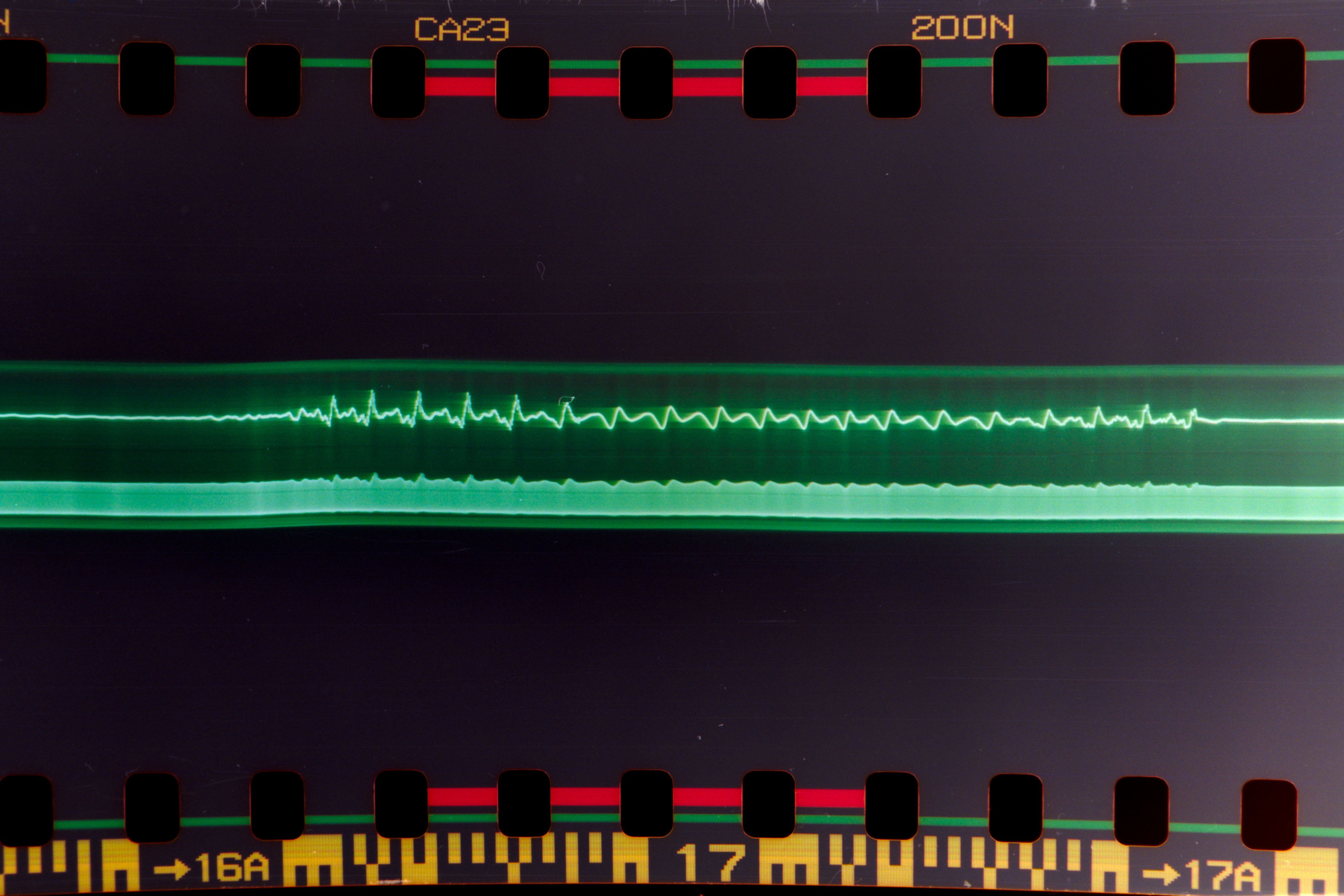Nope, home made sensors and python scripts.
Nik282000
- 2 Posts
- 36 Comments
Previous to this the basement was always 5 degrees warmer than the rest of the house because the ductwork was so terribly installed. I spent a week sealing them all up only to find that what feels comfortable has as much to do with the humidity as the temperature so just balancing flow between floors couldn’t fix everything.
The weather outside changes things indoors way more than I expected. By looking at the graphs I can tell if it was a windy day, if it rained at all, if it was sunny and which blinds were open that day.
I noticed pretty quick how much the weather outside affects the inside of the house. When it’s windy the bedroom temperature drops fast. If it was sunny in the day there will be a peak temperature several hours after sunset as the heat soaks through the west facing brick wall. When the outside humidity jumps the inside follows fast but if the humidity drops outside it takes days for the house to catch up.
If I was clever I could probably set up a predictive thermostat that takes into account the next 6 hrs of weather when choosing to run the heat or air.
I just infer from the temp/humi sensors. When either one runs there is a very clear pulse in both readings. The UPS is an APC1400XL, it tells me it was manufactured in 2003, I cleaned out the exploded batteries and put new ones in this year and it worked fine. I think it was only ever used once (until the original batteries burst). I have the UPS supplying my server, NAS and the POE switch that powers a couple of cameras outside.
The shower, we went to bed late. There was also a rainstorm that night which skews things, but it’s curious that the shower will actually raise the humidity of the whole house for hours after it’s been used.
I used AHT21 I2C modules from Aliexpress https://www.aliexpress.com/item/1005002613543870.html . I think the one that failed last fall was a bad solder joint but I had a spare AHT21 board and ESP8266 so I just replace the whole unit.

 3·6 months ago
3·6 months agoChaotic good, right there.
I’ve been using Rawtherapee since ~2013 and it has its quirks but covers all of my needs.
For panorama/mosaics I’ll process the whole batch of photos in Rawtherapee then do the stitching with Hugin.
The rare times I need to make a spot edit (like removing sensor dirt) I go back to good old Gimp.
Everything is organized in a directory structure by subject/location and date to make it easy to back up and not reliant on a DB or some other software.
It’s not really an integrated solution but it’s simple and works for my low-volume of photos.

 2·7 months ago
2·7 months agoI recently setup Guacamole (Web based VNC/RDP/SSH) with totp and was able to close external SSH access. Now everything I run can sit behind a single reverse proxy, no extra ports.

 3·7 months ago
3·7 months agoI found WatchYourLan hosed my PiHole logs. Somehow the WYL instance got its hostname associated with ~10 mac addresses on my lan so more than half of my traffic comes from “watchyourlan.local”. FML
Partly, there is a 4 lane bypass being built there.
A combo of “one more lane will fix it” and “no goes there anyway.”
As a further nail in the coffin, the city is building a bypass through that spot now. Don’t Panic.

 19·8 months ago
19·8 months agoI keep each service separate as far as DBs, if something breaks or get a major upgrade I don’t have to worry about other containers.

 12·8 months ago
12·8 months agoNamecheap, cheap, easy to use, easy to setup DDNS, helpful support staff. I have heard horror stories of them selling popular domains out from under their owner but none were recent.
I have an a7r that I use with Minolta lenses from the 70s and 80s. With such a short distance to the sensor you can get adapters for everything, old lenses, telescopes, microscopes, etc.
I ran my ssh behind 53 for a while because it’s rarely blocked. A few bots even got it right and figured out it was ssh.


This is a 10 year old house and was supposed to be built with all the latest energy saving tech, except it’s Canada and I doubt it would have passed inspection even on the day it was sold.